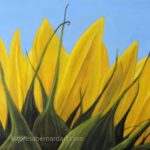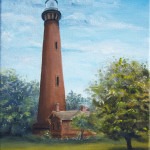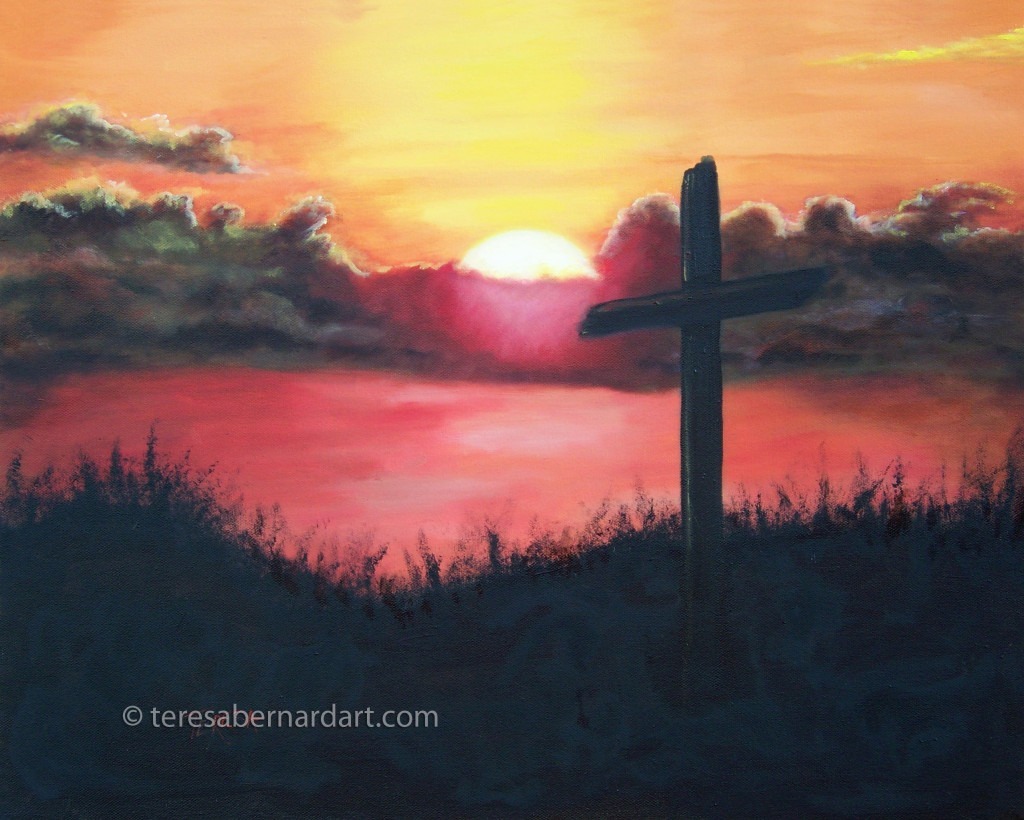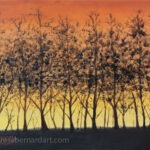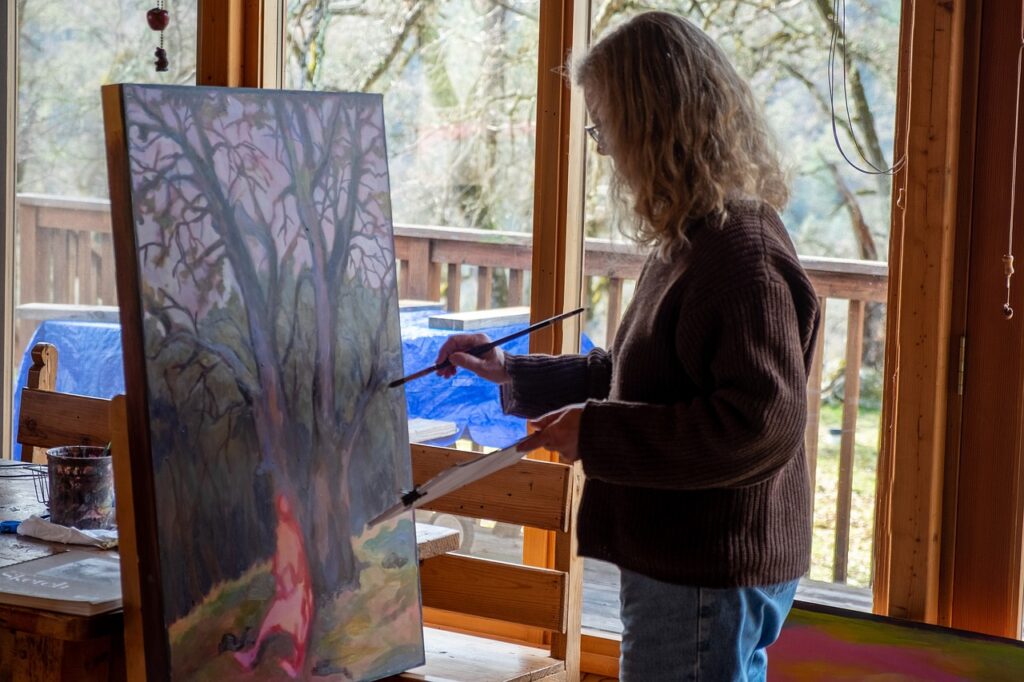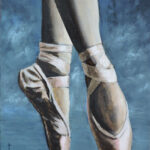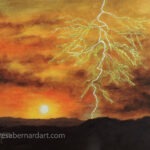
What can we learn about visual art from Bible Scripture?
Let’s examine what the Bible has to say on this subject. To gain a better understanding of what Scripture has to say, try reading the passages in various translations. A good online resource to read other versions of Scripture is BibleGateway.
The best way to read Bible Scripture is always in context. Reading the texts that come before and after the ones mentioned helps create context and give a deeper grasp of what the Bible says on the subject. That being said, it’s up to you to read the passages below in context from your Bible or follow the links to read them online.
From Scripture, we learn:
Artistic Ability is God-given
God’s love for beauty is evident in creation, and Bible Scripture reveals that He has gifted some individuals with artistic abilities.
- Exodus 28:3 English Standard Version (ESV)
You shall speak to all the skillful, whom I have filled with a spirit of skill, that they make Aaron’s garments to consecrate him for my priesthood. - Exodus 31:1-11 The Message (MSG)
1-5God spoke to Moses: “See what I’ve done; I’ve personally chosen Bezalel, son of Uri, son of Hur of the tribe of Judah. I’ve filled him with the Spirit of God, giving him skill and know-how and expertise in every kind of craft to create designs and work in gold, silver, and bronze; to cut and set gemstones; to carve wood—he’s an all-around craftsman.
6-11“Not only that, but I’ve given him Oholiab, son of Ahisamach of the tribe of Dan, to work with him. And to all who have an aptitude for crafts, I’ve given the skills to make all the things I’ve commanded you: the Tent of Meeting, the Chest of The Testimony and its Atonement-Cover, all the implements for the Tent, the Table and its implements, the pure Lampstand and all its implements, the Altar of Incense, the Altar of Whole-Burnt-Offering and all its implements, the Washbasin and its base, the official vestments, the holy vestments for Aaron the priest and his sons in their priestly duties, the anointing oil, and the aromatic incense for the Holy Place—they’ll make everything just the way I’ve commanded you.” - Exodus 35:30-35 The Message (MSG)
30-35Moses told the Israelites, “See, God has selected Bezalel, son of Uri, son of Hur, of the tribe of Judah. He’s filled him with the Spirit of God, with skill, ability, and know-how for making all sorts of things, to design and work in gold, silver, and bronze; to carve stones and set them; to carve wood, working in every kind of skilled craft. And he’s also made him a teacher, he and Oholiab son of Ahisamach, of the tribe of Dan. He’s gifted them with the know-how needed for carving, designing, weaving, and embroidering in blue, purple, and scarlet fabrics and in fine linen. They can make anything and design anything.” - Romans 11:29 New American Standard Bible (NASB)
for the gifts and the calling of God are irrevocable.
Art is a Skill
The Bible teaches that God has given each individual particular talents and abilities to employ for His glory. Therefore, it is up to each individual to develop and nurture these skills.
- 1 Chronicles 22:15 English Standard Version (ESV)
You have an abundance of workmen: stonecutters, masons, carpenters, and all kinds of craftsmen without number, skilled in working - 2 Chronicles 2:13-14 English Standard Version (ESV)
13Now I have sent a skilled man, who has understanding, Huram-abi,
14the son of a woman of the daughters of Dan, and his father was a man of Tyre. He is trained to work in gold, silver, bronze, iron, stone, and wood, and in purple, blue, and crimson fabrics and fine linen, and to do all sorts of engraving and execute any design that may be assigned him, with your craftsmen, the craftsmen of my lord, David, your father. - 2 Chronicles 24:12 New American Standard Bible (NASB)
The king and Jehoiada gave it to those who did the work of the service of the house of the Lord; and they hired masons and carpenters to restore the house of the Lord, and also workers in iron and bronze to repair the house of the Lord. - Proverbs 31:24 New American Standard Bible (NASB)
She makes linen garments and sells them and supplies belts to the tradesmen. - Jeremiah 18:1-6 English Standard Version (ESV)
1The word that came to Jeremiah from the Lord:
2“Arise, and go down to the potter’s house, and there I will let you hear my words.”
3So I went down to the potter’s house, and there he was working at his wheel.
4And the vessel he was making of clay was spoiled in the potter’s hand, and he reworked it into another vessel, as it seemed good to the potter to do.
5Then the word of the Lord came to me:
6“O house of Israel, can I not do with you as this potter has done? declares the Lord. Behold, like the clay in the potter’s hand, so are you in my hand, O house of Israel.”
Art is Beautiful
People are inspired to produce beautiful works of art because they are made in the image and likeness of God.
- 1 Kings 6 — As you read through this particular passage, you should note that God goes into great detail on how He wants His temple to be constructed. From reading these verses, it is clear that God wants a beautiful place of worship for His people.
- 1 Kings 7:13-51 — In addition to specific instructions regarding the temple construction, God also goes into detail about how He wants the furnishings for the temple to be constructed.
- Ecclesiastes 3:11 English Standard Version (ESV)
He has made everything beautiful in its time. Also, he has put eternity into man’s heart, yet so that he cannot find out what God has done from the beginning to the end. - Song of Solomon 7:1 New American Standard Bible (NASB)
How beautiful are your feet in sandals, O prince’s daughter! The curves of your hips are like jewels, the work of the hands of an artist. - Philippians 4:8 English Standard Version (ESV)
Finally, brothers, whatever is true, whatever is honorable, whatever is just, whatever is pure, whatever is lovely, whatever is commendable, if there is any excellence, if there is anything worthy of praise, think about these things.
Art Glorifies God
God appreciates the beauty of art and desires to be served and glorified through various expressive forms. Since art is a means of honoring and serving God, it ought to be a celebration of God and everything that He created and determined to be good.
- Psalm 50:2 New American Standard Bible (NASB)
Out of Zion, the perfection of beauty, God has shone forth. - 1 Corinthians 10:31 English Standard Version (ESV)
So, whether you eat or drink, or whatever you do, do all to the glory of God. - Colossians 3:23 New American Standard Bible (NASB)
Whatever you do, do your work heartily, as for the Lord rather than for men,
God is the Original Artist, the Supreme Master Craftsman
The Bible begins by revealing God as the original artist, who conceived the universe and created it with exceptional craftsmanship, including the heavens, earth, and everything within them.
- Genesis 1:1, 27, 31 English Standard Version (ESV)
1In the beginning, God created the heavens and the earth.
27So God created man in his own image, in the image of God, he created him; male and female, he created them.
31And God saw everything that he had made, and behold, it was very good. - Genesis 2:7 English Standard Version (ESV)
then the Lord God formed the man of dust from the ground and breathed into his nostrils the breath of life, and the man became a living creature. - Job 10:8-9 New International Version (NIV)
8Your hands shaped me and made me. Will you now turn and destroy me?
9Remember that you molded me like clay. Will you now turn me to dust again? - Job 38:4 New American Standard Bible (NASB)
“Where were you when I laid the foundation of the earth? Tell me if you have understanding.” - Psalm 139:13-16 English Standard Version (ESV)
13For you formed my inward parts; you knitted me together in my mother’s womb.
14I praise you, for I am fearfully and wonderfully made. Wonderful are your works; my soul knows it very well.
15My frame was not hidden from you when I was being made in secret, intricately woven in the depths of the earth.
16Your eyes saw my unformed substance; in your book were written, every one of them, the days that were formed for me, when as yet there was none of them - Isaiah 29:16 English Standard Version (ESV)
You turn things upside down! Shall the potter be regarded as the clay, that the thing made should say of its maker, “He did not make me”; or the thing formed say of him who formed it, “He has no understanding”? - Isaiah 45:9, 18 New International Version (NIV)
9“Woe to those who quarrel with their Maker, those who are nothing but potsherds among the potsherds on the ground. Does the clay say to the potter, ‘What are you making?’ Does your work say, ‘The potter has no hands?’
18For this is what the Lord says—he who created the heavens, he is God; he who fashioned and made the earth, he founded it; he did not create it to be empty, but formed it to be inhabited—he says: “I am the Lord, and there is no other. - Isaiah 64:8 New American Standard Bible (NASB)
But now, O Lord, You are our Father; we are the clay, and You are our potter; and all of us are the work of Your hand. - Zachariah 12:1 New International Version (NIV)
A prophecy: The word of the Lord concerning Israel. The Lord, who stretches out the heavens, who lays the foundation of the earth, and who forms the human spirit within a person, declares: - Romans 9:20-21 – New International Version (NIV)
20But who are you, a human being, to talk back to God? “Shall what is formed say to the one who formed it, ‘Why did you make me like this?’”
21 Does not the potter have the right to make out of the same lump of clay some pottery for special purposes and some for common use? - Ephesians 2:10 English Standard Version (ESV)
For we are his workmanship, created in Christ Jesus for good works, which God prepared beforehand, that we should walk in them. - Colossians 1:16 New American Standard Bible (NASB)
For by Him all things were created, both in the heavens and on earth, visible and invisible, whether thrones or dominions or rulers or authorities—all things have been created through Him and for Him. - Hebrews 1:10 New International Version (NIV)
He also says, “In the beginning, Lord, you laid the foundations of the earth,
and the heavens are the work of your hands. - Revelation 4:11 English Standard Version (ESV)
“Worthy are you, our Lord and God, to receive glory and honor and power, for you created all things, and by your will they existed and were created.”
You May Also Like
FROM THE EDITORS: We hope you enjoyed this blog about visual art and Bible scripture and found it’s information to be useful. We’re sure you’ll enjoy the Bible-centered paintings below too. For more information and details, click or tap the thumbnail link.
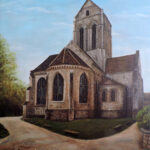
(2011)
20″ w x 24″ h
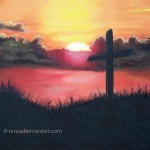
(2009)
20″ w x 16″
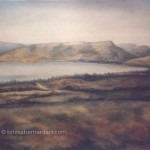
20″ w x 16″
⇒ See More Christian Art Here
Art Gallery Quick Links
Flowers | Landscapes | Marine | People
Space Art | Still Life | Wildlife
Additional Reading
More information about this topic and many others can be found in My Artist Blog Index. Check it out!
Thanks for reading this!
Feel free to share this with your friends.
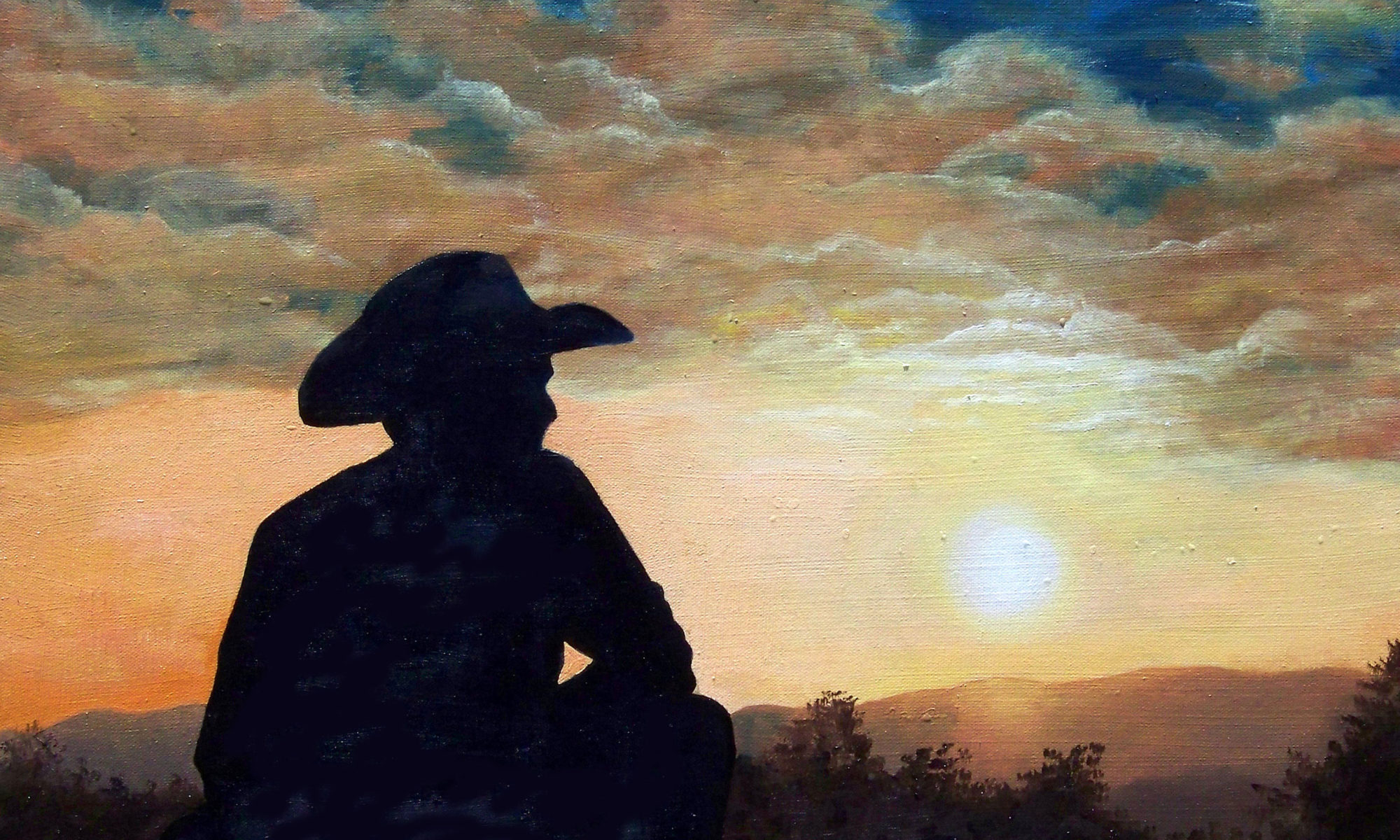

 The Adventures in Africa Series started out as an inquiry about a possible commission and grew from there. Indeed, a good many of the paintings in this series were commissioned works.
The Adventures in Africa Series started out as an inquiry about a possible commission and grew from there. Indeed, a good many of the paintings in this series were commissioned works.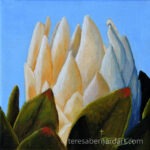
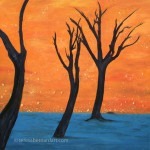
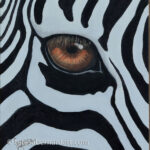
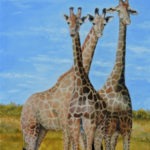

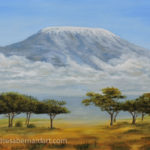
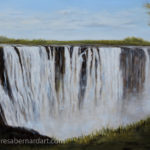
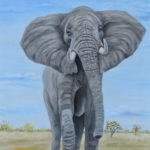
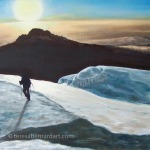
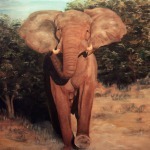

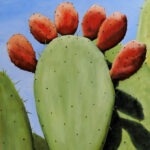
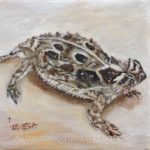
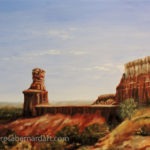
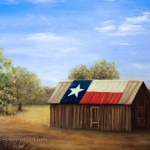
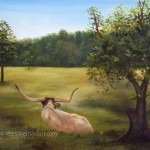
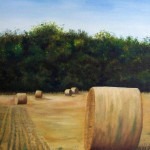
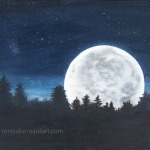
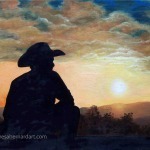
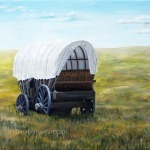
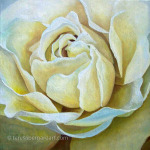
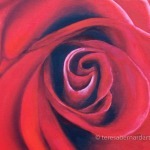
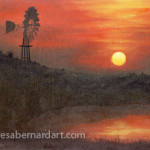
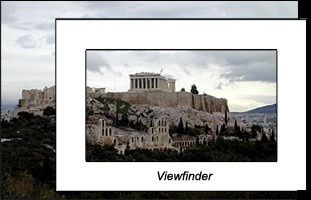


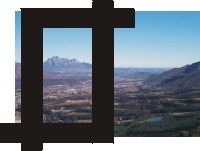 Using the viewfinder is a simple technique that has been around and used by artists for centuries. What a viewfinder does is frame and crop out unimportant areas of an image. The elements that are left make up an attractive focal point that can be used to begin creating your painting.
Using the viewfinder is a simple technique that has been around and used by artists for centuries. What a viewfinder does is frame and crop out unimportant areas of an image. The elements that are left make up an attractive focal point that can be used to begin creating your painting.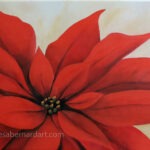
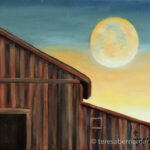
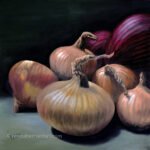
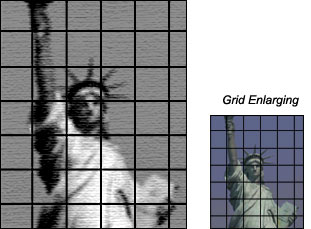 Grid enlarging is the process of using a grid to precisely copy and enlarge a smaller image and transfer it onto a larger canvas. Artists use this technique regularly to enlarge and transfer compositions they desire to paint to a canvas as part of preparing it for painting. This entails drawing a grid on your reference image and then drawing another grid on your canvas of equal or greater proportion. Then, one square at a time, you draw the picture onto your canvas, concentrating on the contents of each square until the image is complete.
Grid enlarging is the process of using a grid to precisely copy and enlarge a smaller image and transfer it onto a larger canvas. Artists use this technique regularly to enlarge and transfer compositions they desire to paint to a canvas as part of preparing it for painting. This entails drawing a grid on your reference image and then drawing another grid on your canvas of equal or greater proportion. Then, one square at a time, you draw the picture onto your canvas, concentrating on the contents of each square until the image is complete.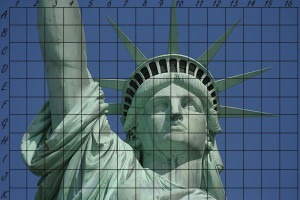 Step 3: Use a pencil and ruler to carefully measure and mark along the outside edge of the photo. Put tick marks at every inch, half-inch, or quarter inch, depending on the size of your reference image and how much detail you need to transfer. Then carefully connect your marks by lightly drawing your grid directly onto the image.
Step 3: Use a pencil and ruler to carefully measure and mark along the outside edge of the photo. Put tick marks at every inch, half-inch, or quarter inch, depending on the size of your reference image and how much detail you need to transfer. Then carefully connect your marks by lightly drawing your grid directly onto the image.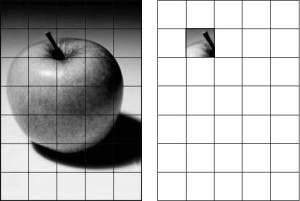 Step 4: Begin your transfer by drawing everything you see in one block of the reference photograph into the corresponding block on your canvas. Focus only on one square and ignore all the others until the one is completed, and it is time to copy the next block to canvas. The reason you should focus on only one block at a time is so that you will end up drawing what is actually there—what your eye sees—rather than what you think should be there.
Step 4: Begin your transfer by drawing everything you see in one block of the reference photograph into the corresponding block on your canvas. Focus only on one square and ignore all the others until the one is completed, and it is time to copy the next block to canvas. The reason you should focus on only one block at a time is so that you will end up drawing what is actually there—what your eye sees—rather than what you think should be there. A good place to start drawing is with the top left square of your canvas. Then work your way across and down the canvas, row-by-row and column-by-column, until you have completed your detailed drawing. Pay careful attention to make sure you are in the correct square, or your drawing will be off, and you will have to erase some of the drawing and start over from the point where you went off-grid.
A good place to start drawing is with the top left square of your canvas. Then work your way across and down the canvas, row-by-row and column-by-column, until you have completed your detailed drawing. Pay careful attention to make sure you are in the correct square, or your drawing will be off, and you will have to erase some of the drawing and start over from the point where you went off-grid.